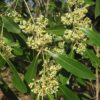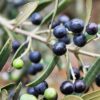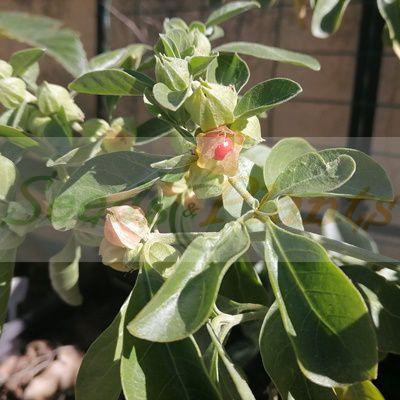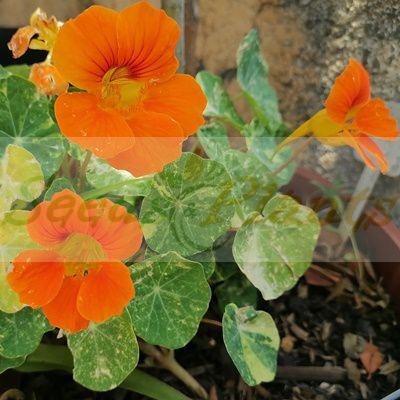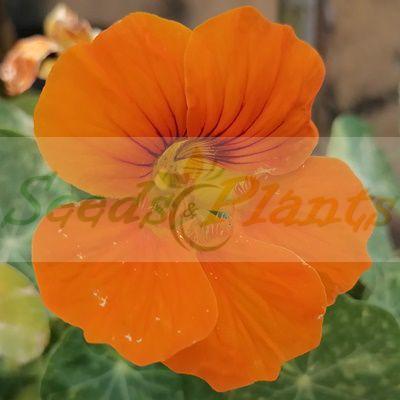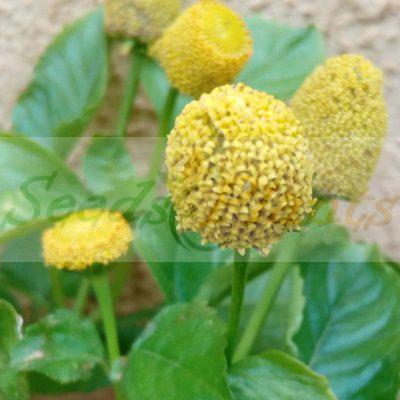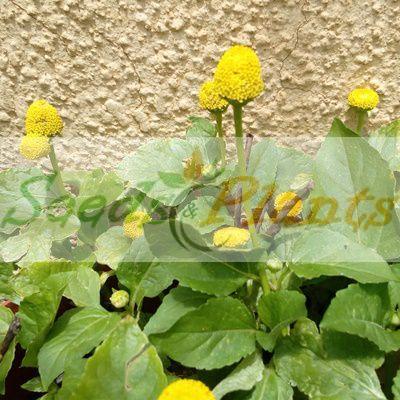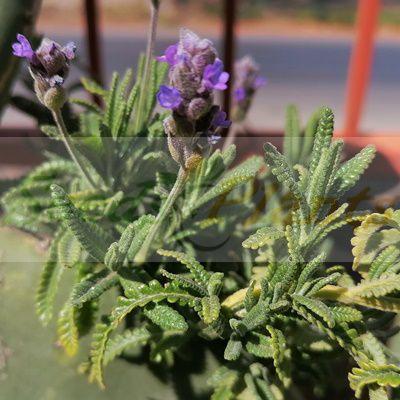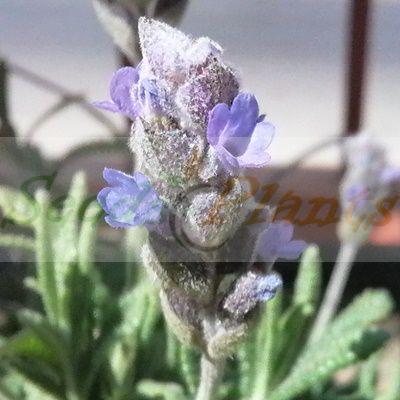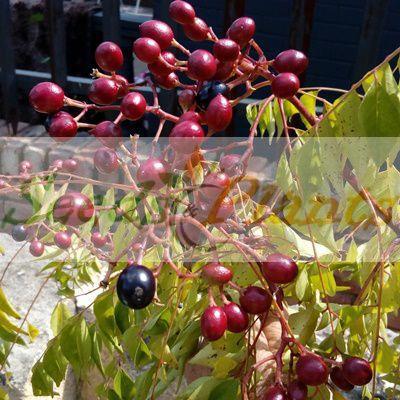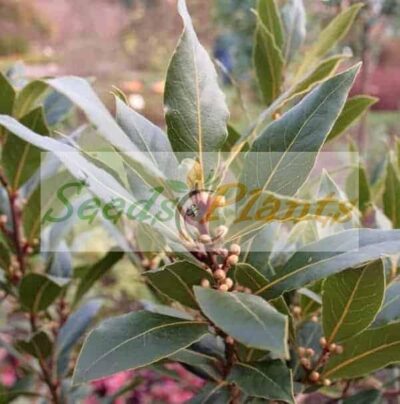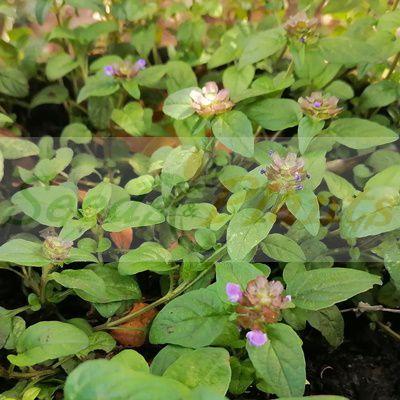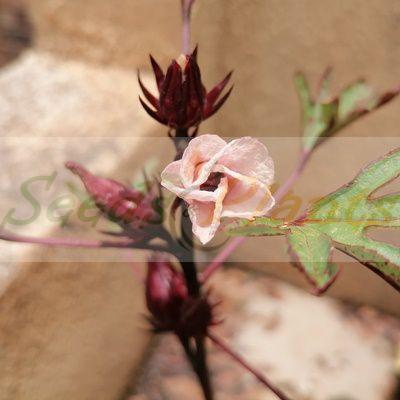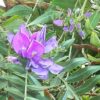🌿 Herbal Quick Facts
Medicinal Info
- 🌍 Origin / Region: Central Africa, East Africa, India, Madagascar, Southern Africa, Sri Lanka, West Africa
- 🌿 Medicinal Part: Bark, Leaf, Root
- 🍵 Herbal Preparation: Decoction, Infusion / Tea, Poultice, Powder
- ⚕️ Healing System: African Traditional Medicine
Growth Traits
- 🌾 Plant Type: Shrub, Tree
- 🦋 Pollinator Method: Attracts Bees, Attracts Birds
- 🪴 Growth Habit: Bushy, Slow Growing, Upright
- 🌿 Foliage Type: Evergreen, Semi-Deciduous
- 🌸 Flower Color: Lilac, Mauve, Violet
Growing Requirements
- 🌞 Sun Exposure: Full Sun
- 💧 Water Needs: Avoid Overwatering, Moderate Water
- ☀️ Growing Conditions: Drought Tolerant
- 🟤 Soil Preference: Deep, Gravel, Sandy, Well-Drained
Cork Bush – 5 Seeds
(Mundulea sericea)
R30.00
Cork Bush is an attractive shrub or small tree that produces pea-like flowers in a rich violet, mauve and lilac or even white color. Can be grown in containers. It is also used in traditional medicine.
Common names: cork bush, silver bush, Rhodesian silver-leaf (Eng.); kurkbos, blou-ertjieboom, olifantshout, visboontjie, visgif, mangaanbos (Afr.); omukeka (Herero); !gaeb (Nama/Damara); mosetla-thlou (Northern Sotho); omumbaganyana (Oshiwambo); umSindandlovana (Swazi); ntsandzandlopfu, maibana, mohato, mosikatse, mosita-thlou, moswaatlou (Tswana); mukunda-ndou (Venda); umHlalantethe, umSindandlovu (Zulu).
Indoor Sowing: Spring or Summer
Direct Sowing: Summer
In stock
🌿 Herbal Quick Facts
Medicinal Info
- 🌍 Origin / Region: Central Africa, East Africa, India, Madagascar, Southern Africa, Sri Lanka, West Africa
- 🌿 Medicinal Part: Bark, Leaf, Root
- 🍵 Herbal Preparation: Decoction, Infusion / Tea, Poultice, Powder
- ⚕️ Healing System: African Traditional Medicine
Growth Traits
- 🌾 Plant Type: Shrub, Tree
- 🦋 Pollinator Method: Attracts Bees, Attracts Birds
- 🪴 Growth Habit: Bushy, Slow Growing, Upright
- 🌿 Foliage Type: Evergreen, Semi-Deciduous
- 🌸 Flower Color: Lilac, Mauve, Violet
Growing Requirements
- 🌞 Sun Exposure: Full Sun
- 💧 Water Needs: Avoid Overwatering, Moderate Water
- ☀️ Growing Conditions: Drought Tolerant
- 🟤 Soil Preference: Deep, Gravel, Sandy, Well-Drained
Cork Bush (Mundulea sericea) is an attractive shrub or small semi-deciduous tree which can grow to about 0.5 – 7.5m in height. It is usually single-stemmed with a bushy, much-branched crown. In spring this silvery bush is covered in masses of flowers, attracting birds and insects. The leaves are soft and delicate, the flowers large, beautiful and pea-like. The flowers are showy and pea-like, carried in terminal clusters in a rich violet, mauve and lilac or even white.
It is an excellent choice as an accent plant in the garden and grows well in containers. The tree is relatively slow-growing with a growth rate of 50-100 cm per year. The growth rate increases as the tree ages. The root-system is not aggressive. Depending on the climate, the cork bush may either be deciduous or evergreen. It is hardy, drought-resistant, and requires moderate water and full sun.
Common names: cork bush, silver bush, Rhodesian silver-leaf (Eng.); kurkbos, blou-ertjieboom, olifantshout, visboontjie, visgif, mangaanbos (Afr.); omukeka (Herero); !gaeb (Nama/Damara); mosetla-thlou (Northern Sotho); omumbaganyana (Oshiwambo); umSindandlovana (Swazi); ntsandzandlopfu, maibana, mohato, mosikatse, mosita-thlou, moswaatlou (Tswana); mukunda-ndou (Venda); umHlalantethe, umSindandlovu (Zulu)
The leaves of the tree is used in traditional medicine as an emetic to treat poisoning in both people and dogs. Infusions of the root are used to treat infertility.
Growing Cork Bush
Indoor Sowing: Spring or Summer
Direct Sowing: Summer
- Scarify the seeds and then soak them in very hot water for 24 hours.
- Sow in spring or summer in a well-drained seedling mixture of equal parts sand and compost.
- Cover the seed with a 4-6 mm layer of seedling-mix and place the trays in a warm, semi-shaded position.
- Water regularly until germination, which can take about 6 weeks or longer..
- When the seedlings reach the two-leaf stage transplant them into nursery bags, pots or individual containers.
- The trees benefit from a seaweed fertilizer.
Can this plant be grown as a shrub or a tree?
Cork Bush can be maintained as a shrub with pruning, or allowed to grow into a small tree depending on growing conditions.
Does this plant have medicinal uses?
Traditionally, Cork Bush has a history of use in African Traditional Medicine. Seeds are sold for cultivation purposes only.
Disclaimer
Medicinal Information:
All medicinal information on this website is for educational and informational purposes only and may not be construed as medical advice. The information is not intended to replace medical advice or treatment offered by healthcare professionals.
Seeds, Plants, Plant Cuttings, Geophytes and Dried Herbs:
In some countries and provinces, certain plants are deemed as invasive and are not allowed to be planted at all, whilst some plants are allowed to be grown only in certain areas or provinces. The onus is on you as the buyer to familiarize yourself with the regulations pertaining to your location, before purchasing any of our seeds, plants, plant cuttings, geophytes or dried herbs. We will not be held liable, should you purchase any seeds, plants, plant cuttings, geophytes or dried herbs. from us which are prohibited in your country or province.

